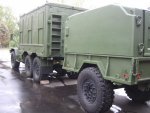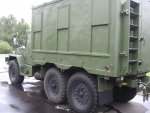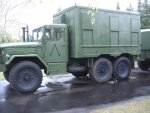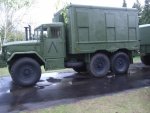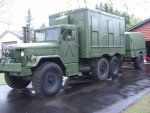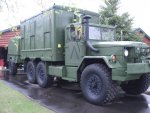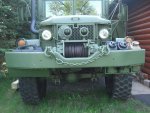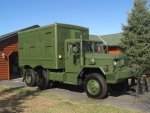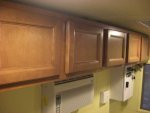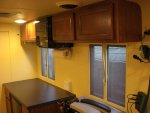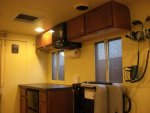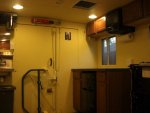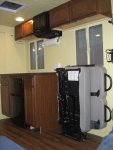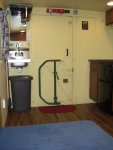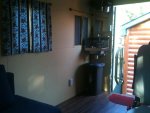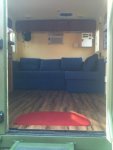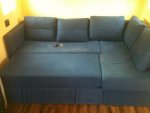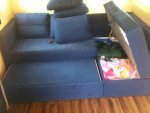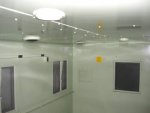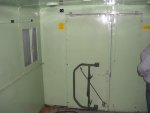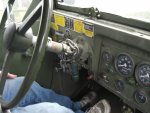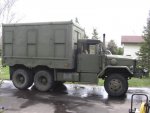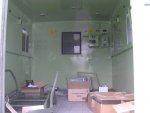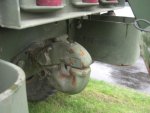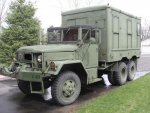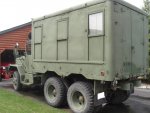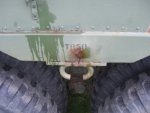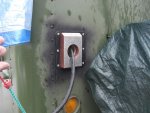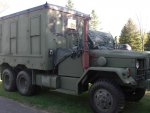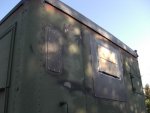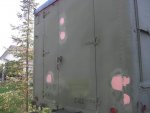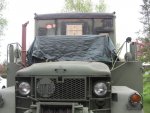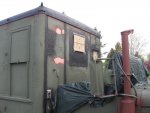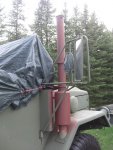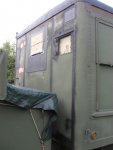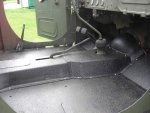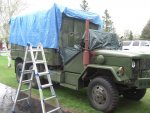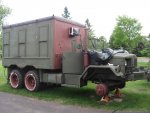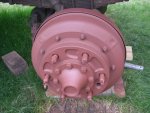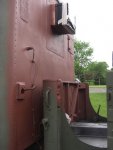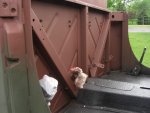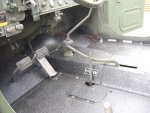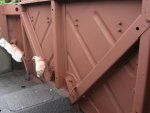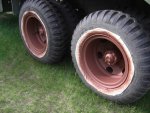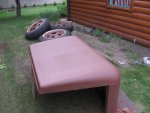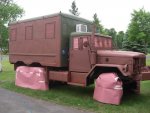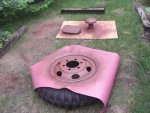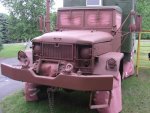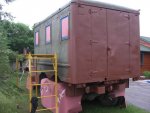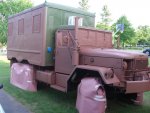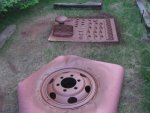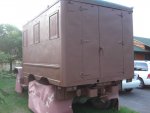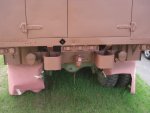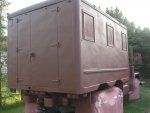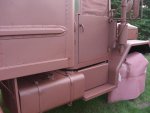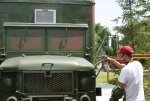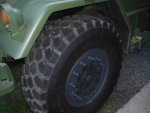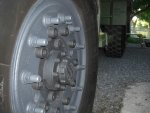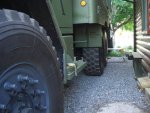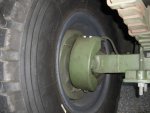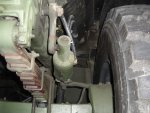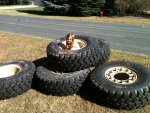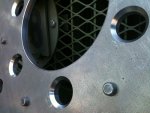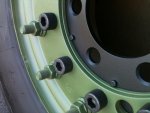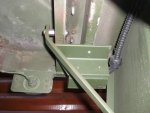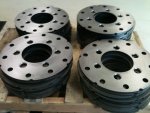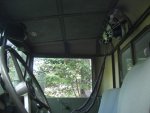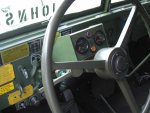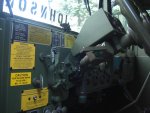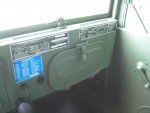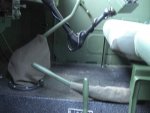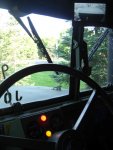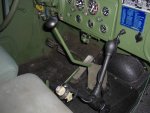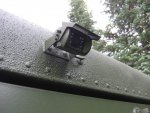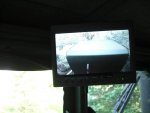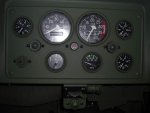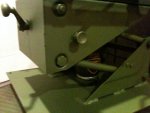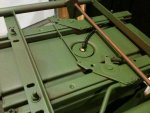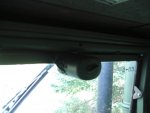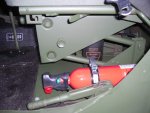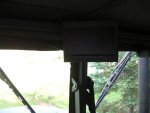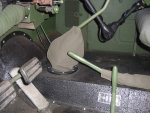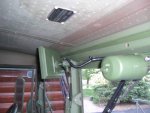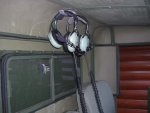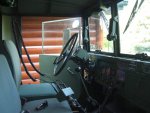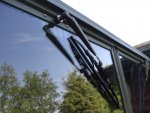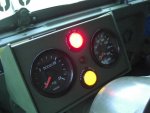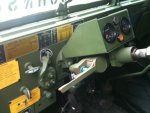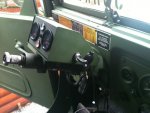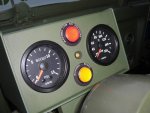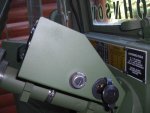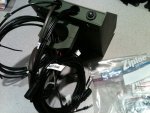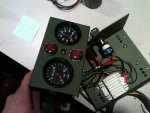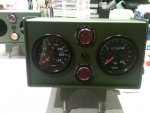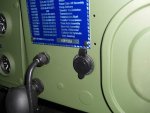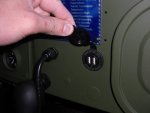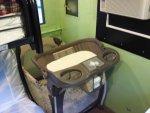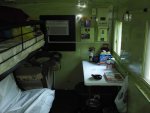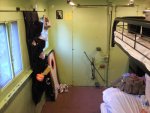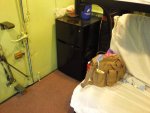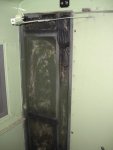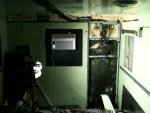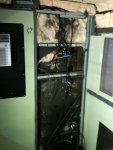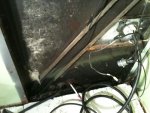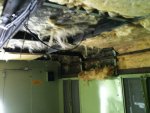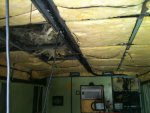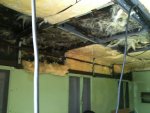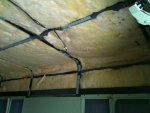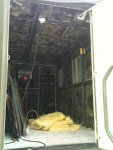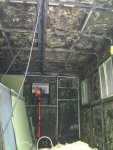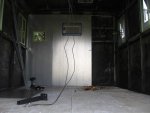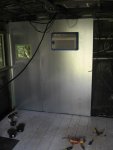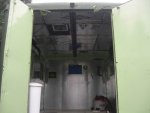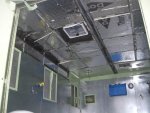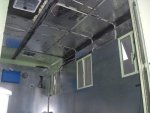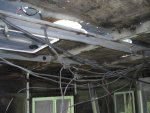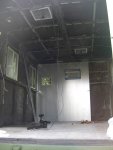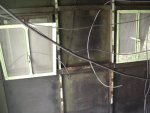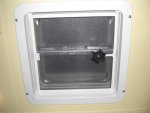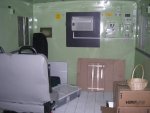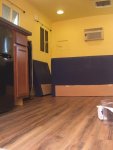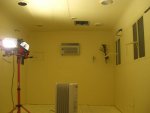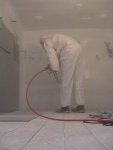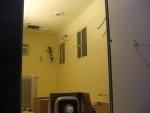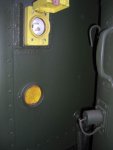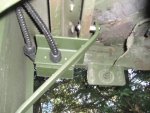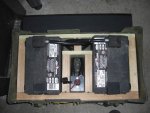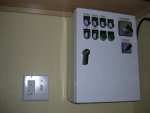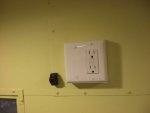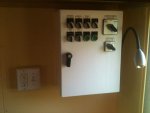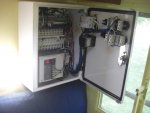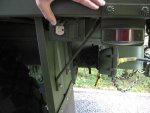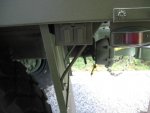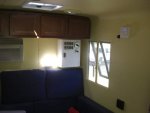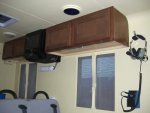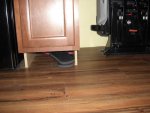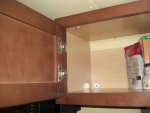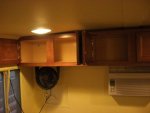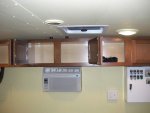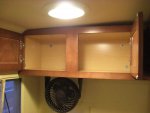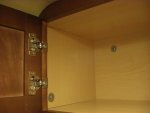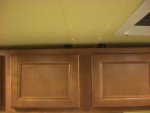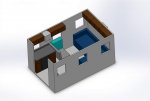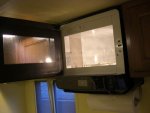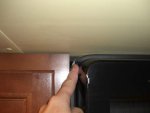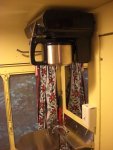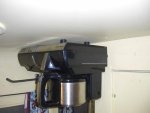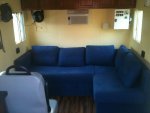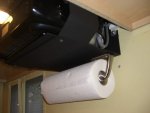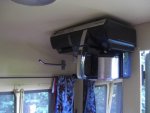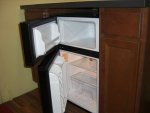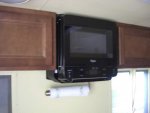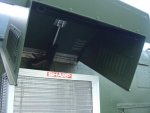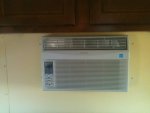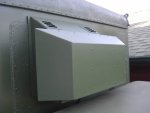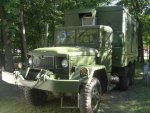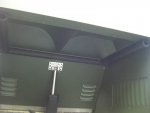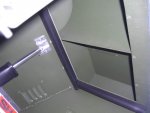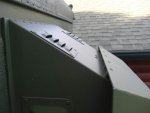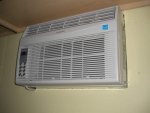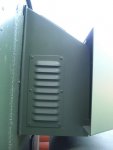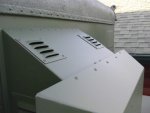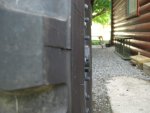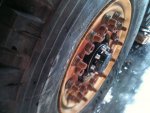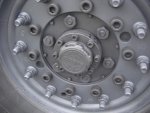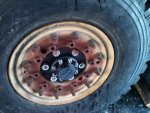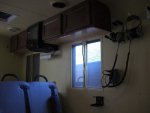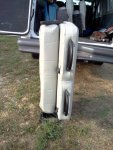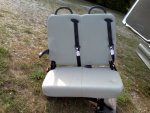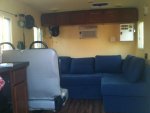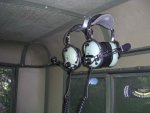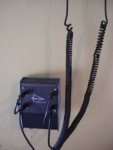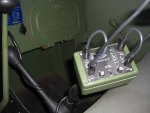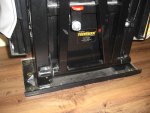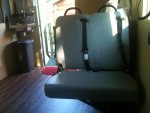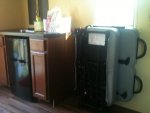peashooter
Well-known member
- 1,039
- 204
- 63
- Location
- Hanover, minnesota
Here is a massive Load of pictures I've taken since I purchased the truck a little over 2 years ago. I wasn't too interested in taking pictures along the way because it can be tough to make time to take and post them. The good news is they are all bunched together at the beginning here and you don't need to go through dozens of pages to find the pictures!
All pictures on this first post (besides the last one) is how the exterior of the truck looks today. I'll continue to add posts down the line as I do more work, but the next few pages are likely to be the bulk of the work that this truck will see.
BACKGROUND
My wife and I bought this to convert it into a camper for our family. I need a hobby to keep sane and thought this would be a good hobby that could be enjoyed by the whole family not just me. My original expectation was to have the truck ready for camping in 2 weeks! I thought I'd just put a bunk bed setup in the van box and mount an air conditioner……….. but as things go, I quickly learned all the maintenance that these trucks need.
Another major obstacle was my own personality. I get a little obsessive about things and have learned the consequences of cutting corners so I try to fix problems when I see them. As an example, I went to put a missing screw into the van box’s ceiling sheet metal, the screw wouldn’t bite though since the internal support it was going into had some rust there. I started taking things apart and the more I took apart the more I found to fix because I didn’t want to leave rust untreated, and I thought “while I’m in here I should really do this or that”.
First order of business was getting the truck mechanically to a point where I felt comfortable driving it and not in fear of breaking down somewhere and needing a big $ tow. I started by tracking down leaks, fixing the dual brake circuit warning system, fixing the parking brake, changing the fluids, etc.
It wasnt until 4 months later that we took our first camping trip! I had put WAY TOO MUCH TIME into this thing during those 4 months, including countless weekends and evenings as well as a couple days off of work in order to paint it all (when the weather was appropriate). At this point we were all sick of this "hobby that we could all enjoy"
Overall in the end (now after all the conversion has been completed) we were/are able to have a fun and unique camper for our family that still cost us less than a 15 year old used rv of the same length that we perhaps would have purchased instead.
All pictures on this first post (besides the last one) is how the exterior of the truck looks today. I'll continue to add posts down the line as I do more work, but the next few pages are likely to be the bulk of the work that this truck will see.
BACKGROUND
My wife and I bought this to convert it into a camper for our family. I need a hobby to keep sane and thought this would be a good hobby that could be enjoyed by the whole family not just me. My original expectation was to have the truck ready for camping in 2 weeks! I thought I'd just put a bunk bed setup in the van box and mount an air conditioner……….. but as things go, I quickly learned all the maintenance that these trucks need.
Another major obstacle was my own personality. I get a little obsessive about things and have learned the consequences of cutting corners so I try to fix problems when I see them. As an example, I went to put a missing screw into the van box’s ceiling sheet metal, the screw wouldn’t bite though since the internal support it was going into had some rust there. I started taking things apart and the more I took apart the more I found to fix because I didn’t want to leave rust untreated, and I thought “while I’m in here I should really do this or that”.
First order of business was getting the truck mechanically to a point where I felt comfortable driving it and not in fear of breaking down somewhere and needing a big $ tow. I started by tracking down leaks, fixing the dual brake circuit warning system, fixing the parking brake, changing the fluids, etc.
It wasnt until 4 months later that we took our first camping trip! I had put WAY TOO MUCH TIME into this thing during those 4 months, including countless weekends and evenings as well as a couple days off of work in order to paint it all (when the weather was appropriate). At this point we were all sick of this "hobby that we could all enjoy"
Overall in the end (now after all the conversion has been completed) we were/are able to have a fun and unique camper for our family that still cost us less than a 15 year old used rv of the same length that we perhaps would have purchased instead.
Attachments
-
46.5 KB Views: 655
-
49.4 KB Views: 577
-
55.4 KB Views: 580
-
53.7 KB Views: 593
-
54.9 KB Views: 722
-
60.8 KB Views: 641
-
67.5 KB Views: 652
-
64.3 KB Views: 606
Last edited:




